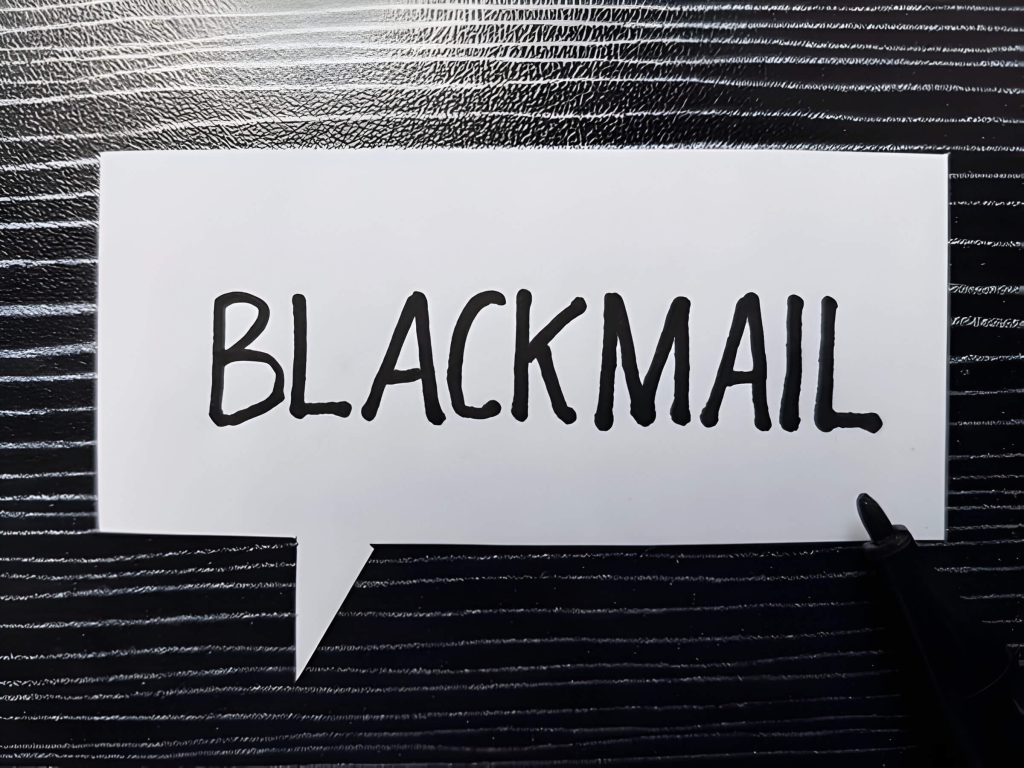In the digital age, social media platforms like Snapchat are integral to daily life but also pose risks like blackmail. This guide covers Snapchat blackmail, offering immediate steps for victims, such as using Snapchat’s reporting features, contacting authorities, safeguarding privacy, and managing mental health. It also highlights legal resources and stresses the importance of online safety education to prevent incidents. Empower yourself with knowledge to handle digital extortion.
What is Snapchat Blackmail?

Snapchat blackmail, a form of social media blackmail, is an alarming trend in online extortion. It involves malicious individuals exploiting the ephemeral nature of Snapchat to coerce users into complying with their demands. These digital blackmail threats typically begin when a victim unknowingly shares private or sensitive information with someone who then threatens to reveal it unless specific conditions are met.
The primary tactic used in Snapchat blackmail is leveraging the temporary nature of snaps and messages. Perpetrators often take screenshots or recordings of compromising content without the victim’s knowledge. They then use this content as leverage, demanding money, further explicit material, or other favors under threat of public exposure.
Immediate Steps to Take if You Are Being Blackmailed
If you find yourself being blackmailed, it is crucial to take immediate and effective steps to protect yourself. Here’s a guide on what actions you should consider:
1. Documenting Evidence of Blackmail: The first step is to gather and preserve evidence of the blackmail. Take screenshots or recordings of any threatening messages, images, or videos. This documentation will be vital when reporting the incident to authorities or seeking legal action.
2. Reporting Blackmail on Snapchat: If the blackmail is occurring on Snapchat, use the in-app tools to report the issue directly to Snapchat support for safety concerns. Go to the profile of the person who is blackmailing you, tap on their name, select ‘Report,’ and follow the prompts to detail your situation.
3. Contacting Authorities for Blackmail: It is essential to inform local law enforcement about the blackmail as soon as possible. Provide them with all documented evidence and any additional information that might help in their investigation. Law enforcement agencies are equipped with resources and expertise that can assist in handling such situations effectively.
4. Seeking Professional Support: In addition to contacting authorities, consider reaching out for professional support from legal advisors or victim support groups who specialize in dealing with blackmail cases. They can offer guidance tailored specifically to your situation.
By taking these immediate steps, you can better protect yourself and work towards resolving this distressing situation efficiently.
How to Report a Blackmailer on Snapchat
In the age of social media, encountering malicious behavior such as blackmail can be distressing. Snapchat, like many other platforms, offers features to help users report inappropriate or harmful behavior. Here’s a step-by-step guide on how to report a blackmailer on Snapchat:
1. Identify the Offending User: Locate the user who is attempting to blackmail you. This could be through direct messages or any form of communication within the app.
2. Access the Snapchat Report Feature: Open the chat with the offending user and tap on their profile icon at the top of your screen.
3. Reporting a User on Snapchat: Once you’re in their profile, tap on the three-dot menu in the upper right corner and select “Report.” Follow the prompts to specify that you are reporting for harassment or threats, which includes blackmail.
4. Blocking and Reporting on Social Media: After reporting, it’s crucial to block the user to prevent further contact. You can do this by going back into their profile, tapping on the three-dot menu again, and selecting “Block.”
5. Cybercrime Reporting Steps: Beyond reporting within Snapchat, consider taking additional steps if you feel threatened or if sensitive information is involved. Document all interactions with screenshots and report them to your local law enforcement or cybercrime authorities.
By utilizing these steps effectively, you can ensure that your experience with social media remains safe and enjoyable while also contributing to making these platforms secure for everyone.
Protecting Your Privacy
In today’s digital age, protecting your privacy online is more important than ever. Blackmail can occur when personal information falls into the wrong hands, making it crucial to adopt preventative measures. Here are some steps you can take to safeguard your privacy and secure your accounts.
First and foremost, review and adjust the privacy settings on Snapchat. This platform offers various controls that allow you to decide who can view your content and contact you. Make sure only trusted friends have access to your snaps and stories by selecting the appropriate privacy options.
Securing your account from hackers is another essential step. Use strong, unique passwords for each of your accounts and enable two-factor authentication wherever possible. This adds an extra layer of security by requiring a second form of verification before granting access.
Protecting personal information online involves being cautious about what you share on social media platforms. Avoid posting sensitive details such as your home address, phone number, or financial information. Additionally, be wary of accepting friend requests or messages from unknown individuals as they could be potential threats.
Lastly, practice safe social media habits by regularly monitoring your accounts for any suspicious activity. If you notice anything unusual, such as unauthorized logins or changes in settings, take immediate action by updating your security measures and reporting the issue to the platform’s support team.
Mental Health Considerations
Coping with the stress of being blackmailed can be an overwhelming experience, impacting one’s mental health significantly. It’s crucial to address this issue with effective strategies and support systems in place.
Firstly, mental health support for victims of blackmail is essential. Victims often feel isolated and helpless, making it vital to seek professional counseling. A counselor or therapist can provide a safe space to express emotions and develop coping mechanisms tailored to individual needs.
Stress management techniques during crisis situations are another critical aspect. Practices such as mindfulness meditation, deep-breathing exercises, and physical activities like yoga can help manage acute stress levels. These techniques not only offer immediate relief but also contribute to long-term resilience.
Lastly, seeking counseling for online harassment victims should be prioritized. Online harassment can exacerbate feelings of vulnerability and fear, making professional guidance indispensable. Counseling provides structured support that helps victims rebuild their sense of security and regain control over their lives.
Addressing the mental health considerations when dealing with blackmail involves a combination of professional support and personal stress management strategies. By taking these proactive steps, victims can navigate through this challenging time more effectively while safeguarding their mental well-being.
Legal Actions and Resources Available for Victims of Online Blackmail
Online blackmail, a form of cybercrime, can have devastating effects on victims. Understanding the legal help available is crucial for those affected. Various anti-blackmail laws and regulations are in place to protect individuals from digital extortion.
Victims should first report the incident to local law enforcement authorities who specialize in cybercrime. Many jurisdictions have dedicated cybercrime units that can offer immediate assistance and begin an investigation. Additionally, numerous organizations provide legal resources for digital extortion victims, such as hotlines and support services.
Legal help for cybercrime victims often involves working with attorneys who specialize in internet law. These professionals can guide victims through the process of gathering evidence, filing reports, and pursuing legal action against perpetrators. Familiarity with anti-blackmail laws and regulations is essential for effectively addressing these crimes.
While online blackmail is a serious issue, there are robust legal frameworks and resources designed to support victims. By seeking out specialized legal help and utilizing available resources, victims can take significant steps towards justice and recovery.
Avoiding Future Incidents
In today’s digital age, understanding and promoting online safety is crucial to avoiding future incidents. One of the primary concerns is the dangers of oversharing online. Personal information shared on social media platforms can be exploited by malicious actors, leading to identity theft, cyberbullying, or even physical harm. It’s essential to educate teens about internet safety, as they are often the most active users of social media and other online services.
Promoting cyber awareness within your community can significantly reduce risks associated with online activities. Start by discussing best practices for maintaining privacy settings on social networks and emphasizing the importance of thinking before posting any personal information. Additionally, teaching teens about recognizing phishing scams and understanding secure website indicators can further enhance their online safety.
Community resources for internet safety education are invaluable in this endeavor. Many organizations offer workshops, seminars, and informational materials designed to help individuals understand the complexities of staying safe online. By leveraging these resources, you can ensure that both you and your community are well-equipped to navigate the digital world securely.
Ultimately, fostering a culture of cyber awareness through continuous education and vigilance is key to preventing future incidents related to online activities.

